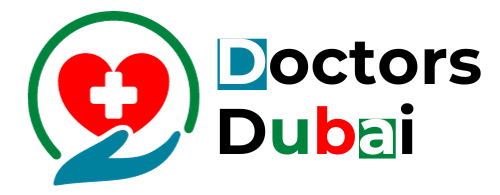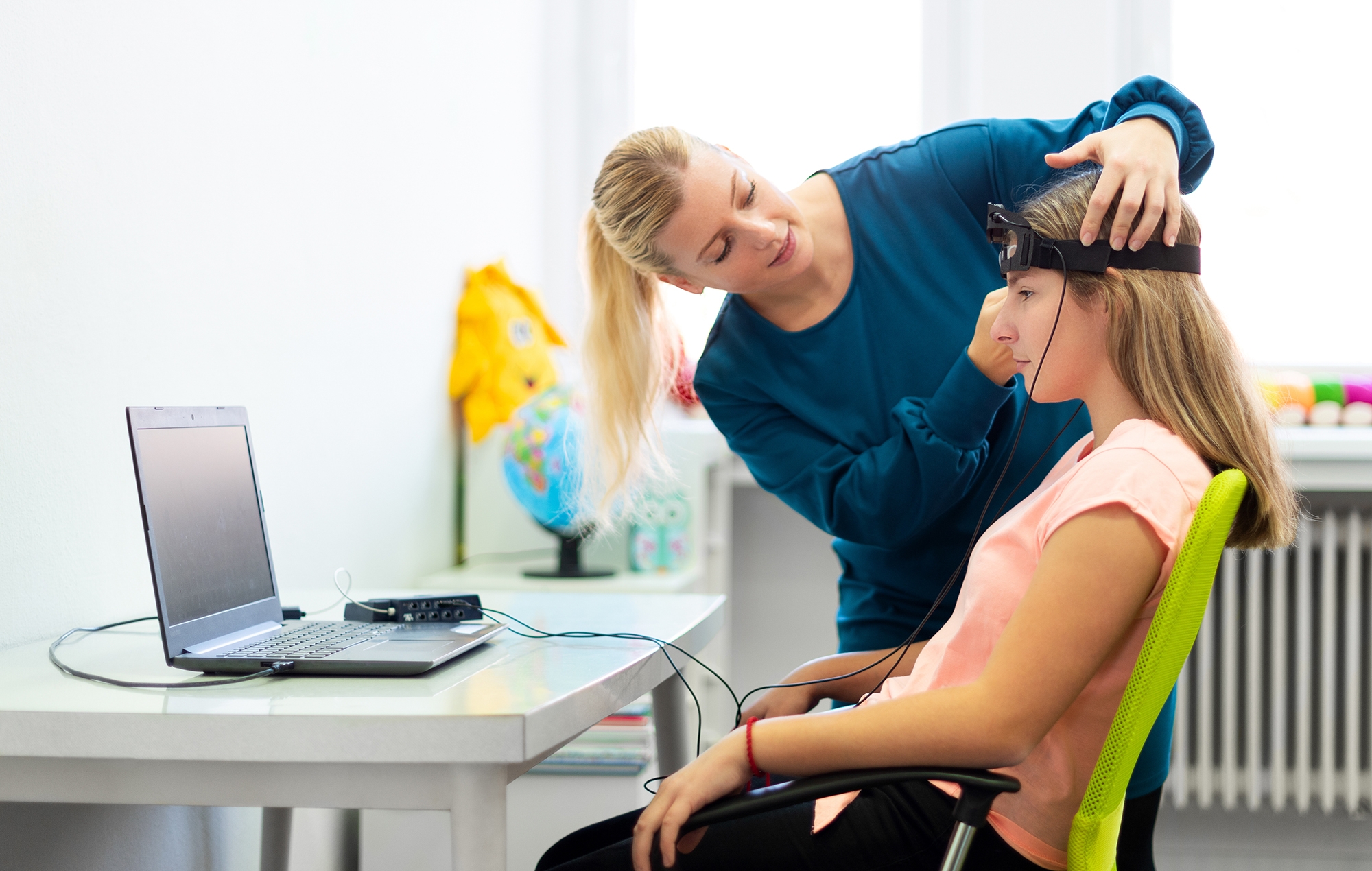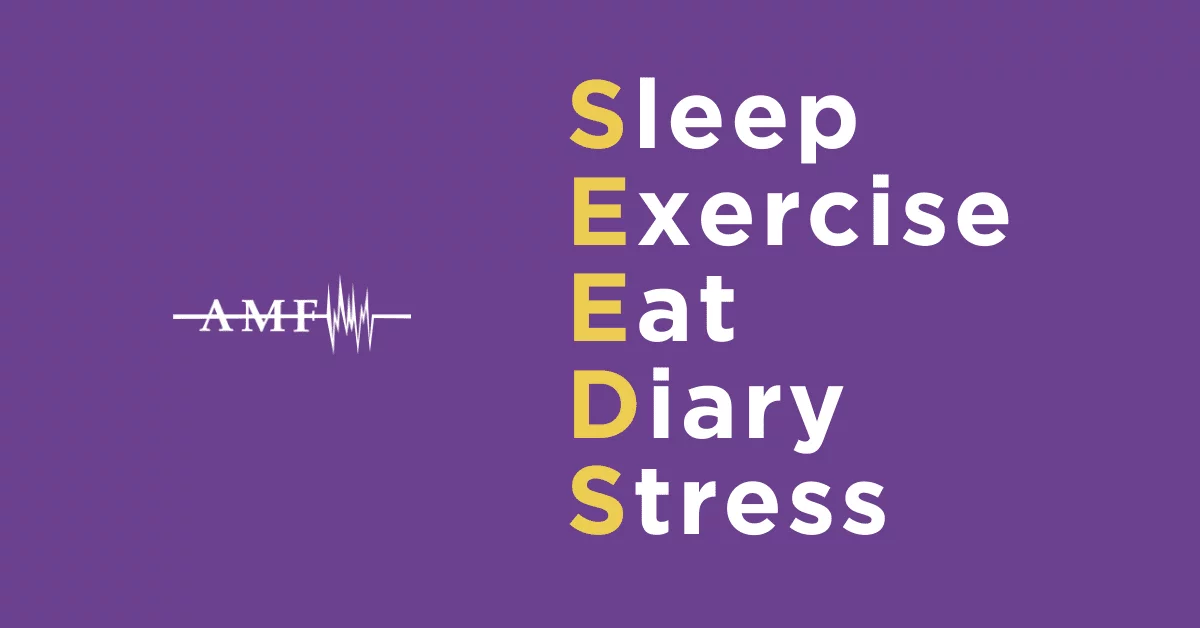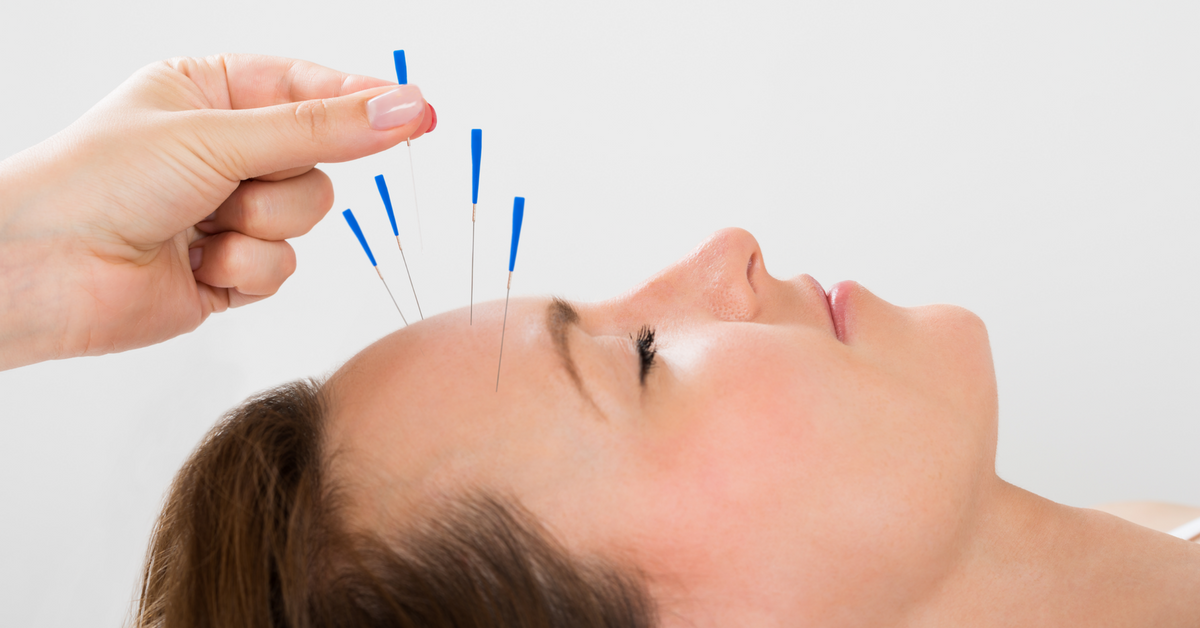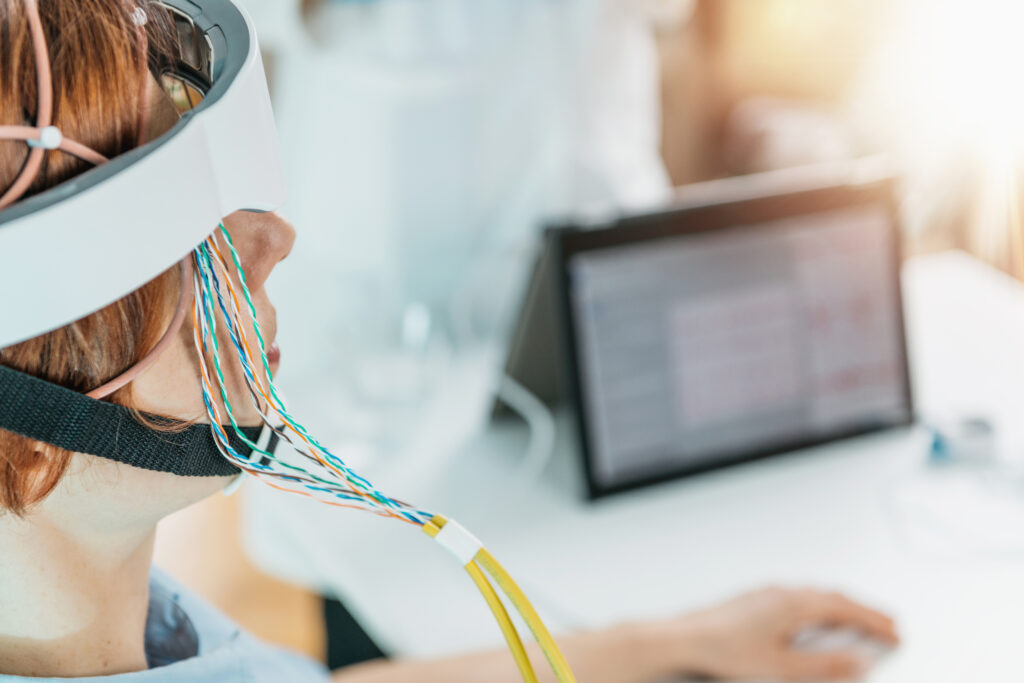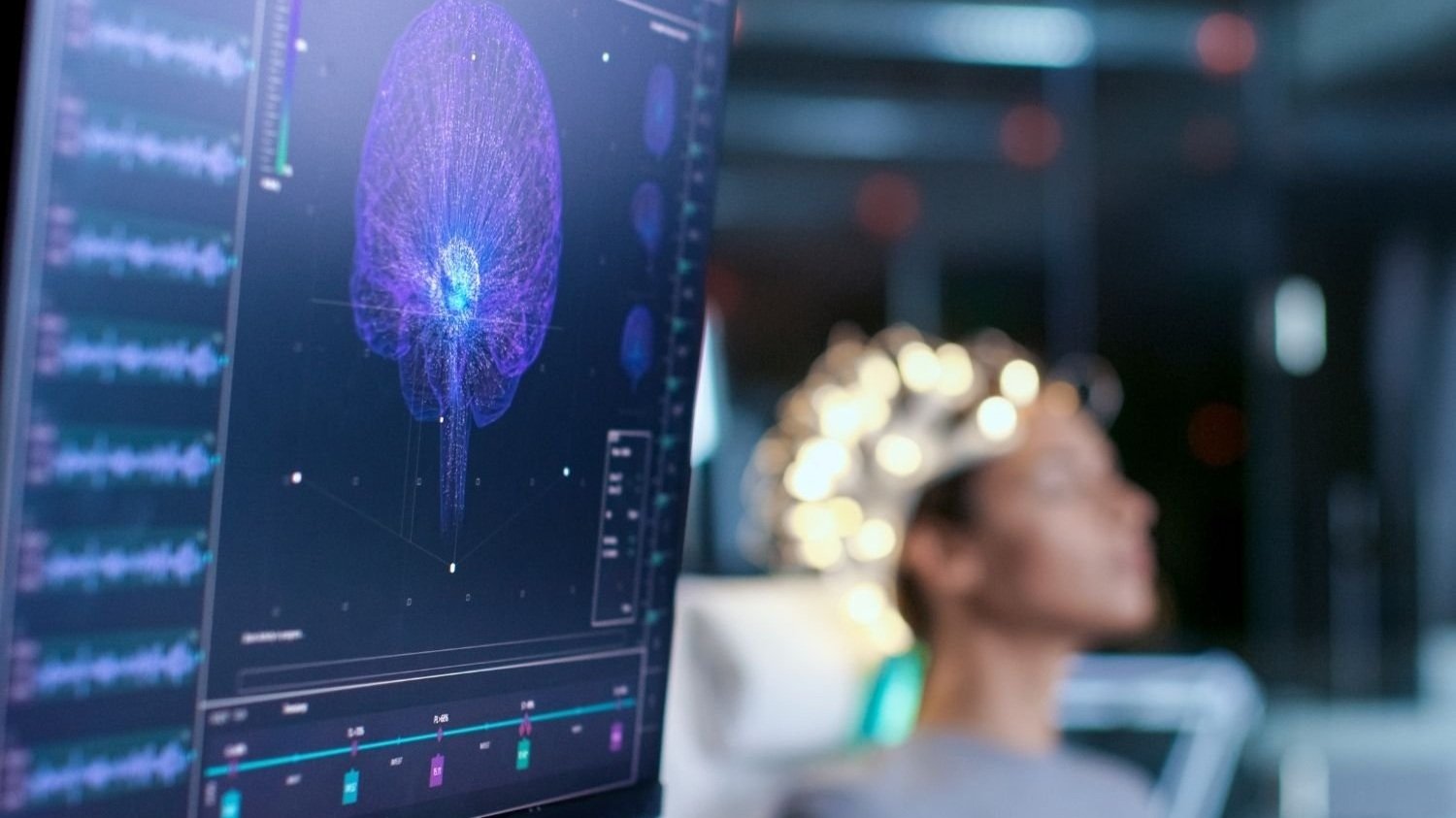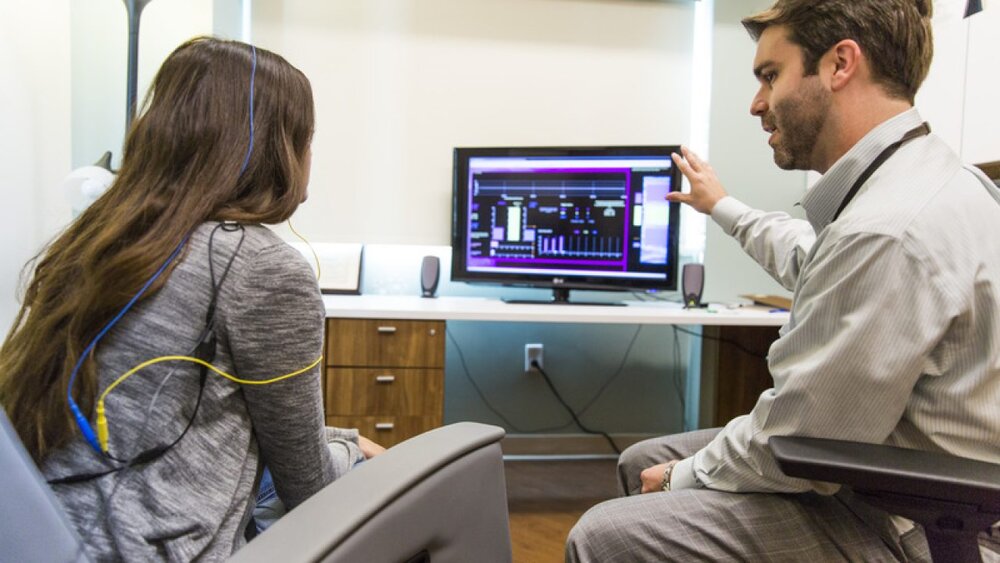Around the world, millions of people suffer from migraine – including children, teenagers, and adults.
Migraines are debilitating headaches characterized by intense throbbing pain, often accompanied by nausea, vomiting, and sensitivity to light and sound. A migraine attack can last anywhere from a few hours to several days, and it can severely impact the quality of life of sufferers.
Although migraine is a common neurological disorder, it can be challenging to treat. If you suffer from these intense headaches and are seeking migraine treatment in Dubai, this article can help.
Here, we explore various types of migraine treatment, focusing on neurofeedback therapy as a viable option.
Traditional Treatments for Migraine Patients
Over the years, numerous treatments have been developed to address migraines. Some of the most common options include:
Medications
Several medications are available to alleviate the effects of migraines, including over-the-counter (OTC) pain relievers like aspirin, paracetamol, ibuprofen, and naproxen sodium. Prescription drugs like triptans and ergot alkaloids are used primarily to manage acute migraine symptoms. Additionally, preventive medications like beta-blockers, calcium channel blockers, and antidepressants can help reduce the frequency and severity of migraines for some patients.
Lifestyle Changes
Migraine sufferers often find relief by identifying and avoiding triggers, such as certain foods, beverages, or environmental factors. Regular exercise, proper nutrition, weight control, stress management techniques, avoidance of drug abuse, and maintaining a consistent sleep schedule can all help reduce the frequency and intensity of migraine attacks.
Alternative Treatments
Some migraine patients turn to alternative treatments like acupuncture, massage, magnesium supplementation, and herbal preparations to manage their symptoms. While these options may benefit some, their effectiveness varies from person to person and may not be sufficient for some migraine sufferers.
Neurofeedback Therapy: An Emerging Treatment Option
As a non-invasive, drug-free alternative, neurofeedback therapy is gaining traction as a potential treatment option for migraines.
Neurofeedback (aka electroencephalogram or EEG biofeedback) is a form of biofeedback therapy that uses real-time displays of brain activity (typically through electroencephalography) to teach self-regulation of brain function.
The process involves placing sensors on the scalp to measure electrical activity in the brain. This data is displayed on a computer screen. Patients are trained to modify their brainwave patterns through various techniques, such as the use of visual or auditory signals that help patients recognize and change their thought patterns subconsciously. The goal is to promote healthier brain function by encouraging more balanced and stable brainwave patterns.
Studies Supporting Neurofeedback for Migraine Treatment
If it’s your first time hearing about neurofeedback for migraine treatment, it may seem like a novelty for you. However, there have been a lot of studies suggesting that neurofeedback can be an effective treatment for migraines.
For example, a 2010 study published in the journal “Applied Psychophysiology and Biofeedback” found that patients who underwent 40 sessions of neurofeedback therapy experienced a significant reduction in migraine frequency and intensity. Furthermore, the improvements were maintained at a six-month follow-up assessment, suggesting long-lasting benefits.
Moreover, neurofeedback training has been studied extensively through the years, with available literature showing evidence of its significant role in pain management. This includes the treatment effectiveness of neurofeedback training sessions on various types of headaches, including post-stroke, post-traumatic, and primary headaches, i.e., tension-type headaches or migraine.
Although more research is needed to fully understand the mechanisms behind neurofeedback’s potential benefits for migraine sufferers, these initial findings are promising and indicate that neurofeedback therapy is a viable treatment option for some patients.
Benefits of Neurofeedback Therapy for Migraine Treatment
There are several potential benefits to using neurofeedback therapy as a treatment for migraines:
Non-invasive
Unlike other treatments, such as prescription medications or invasive procedures (e.g., surgery), neurofeedback is non-invasive and doesn’t involve using chemicals.
Drug-free
Neurofeedback is an excellent alternative for patients who prefer a drug-free approach or have experienced side effects from migraine medications.
Personalized
Neurofeedback therapy is tailored to each individual’s unique brainwave patterns, allowing for a personalized treatment plan that addresses the patient’s specific needs.
Long-lasting effects
Studies have shown that the benefits of neurofeedback therapy can be maintained over time, potentially providing long-lasting relief for migraine sufferers.
Complementary to other treatments
Neurofeedback therapy can be used in conjunction with other migraine treatments, such as medications, lifestyle changes, or alternative therapies, allowing patients to develop a comprehensive treatment plan that best meets their needs.
Experience Migraine Relief With Neurofeedback Therapy
Migraines can be a debilitating and challenging condition to manage, which is why many patients continue to seek effective and long-lasting relief.
While traditional treatments, such as medications and lifestyle changes, can be helpful for some migraine sufferers, neurofeedback therapy offers a promising alternative for those seeking a non-invasive, drug-free solution.
Although more research is needed to fully understand neurofeedback therapy’s potential benefits and limitations for migraine treatment, initial studies show promise in reducing the frequency and intensity of migraine attacks.
Good thing neurofeedback therapy is becoming more widely available, as it can be a valuable option for migraine patients looking to improve their quality of life.
Best Hospital For Migraine Treatment
King’s College Hospital Dubai
| Address |
King’s College Hospital London – Dubai Hills – Dubai – United Arab Emirates
|
| Phone | 971 800 7777 |
| Timing | 24 hours |
| Website | https://kingscollegehospitaldubai.com/ |
| info.ddh@kch.ae | |
| https://www.facebook.com/kingscollegehospitallondon |
Migraine Treatment in Dubai Medcare
| Phone | 800 633 2273 |
| Timing | 24 hours |
| Website | https://www.medcare.ae/en |
| https://www.facebook.com/medcareae | |
| https://www.linkedin.com/company/medcareae/ | |
| https://twitter.com/medcareae | |
| Youtube |
Migraine RAK Hospital
| Address | Al Qusaidat, P O Box No: 11393, Ras Al Khaimah | UAE |
| Phone | 97172074444 |
| Website | https://rakhospital.com/ |
| mail@rakhospital.com | |
| https://www.facebook.com/RakHospital/ | |
| https://www.instagram.com/rakhospital/ | |
| https://twitter.com/rakhospital | |
| Youtube |
Best Neurologists for Migraine in UAE HeliumDoc
| Website | https://heliumdoc.com/uae/ |
| https://www.facebook.com/heliumdocuae/ | |
| https://www.instagram.com/heliumdoc/ | |
| https://twitter.com/heliumdoc/ |
